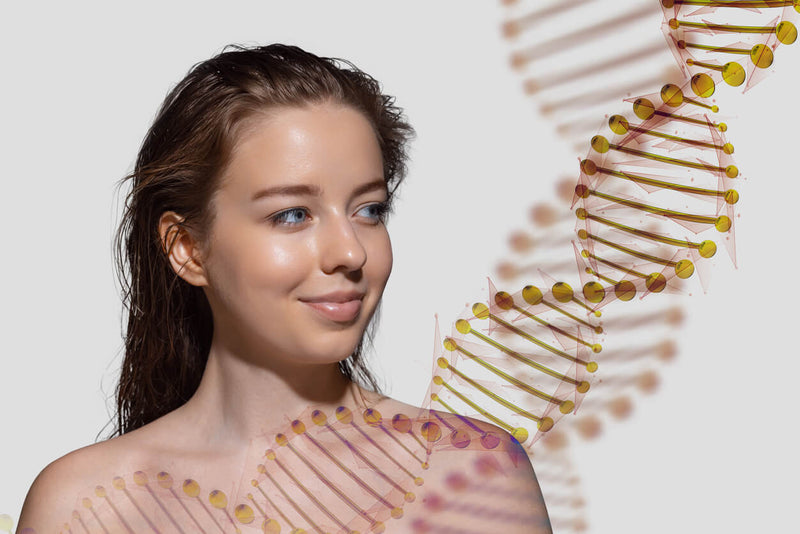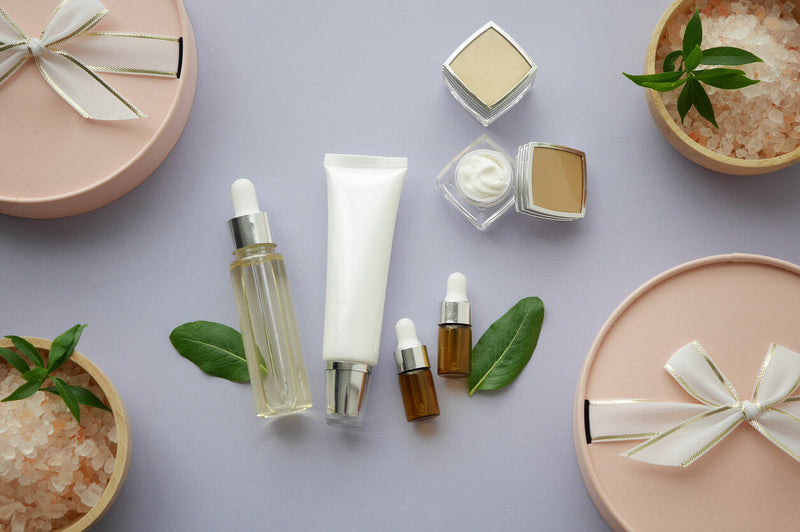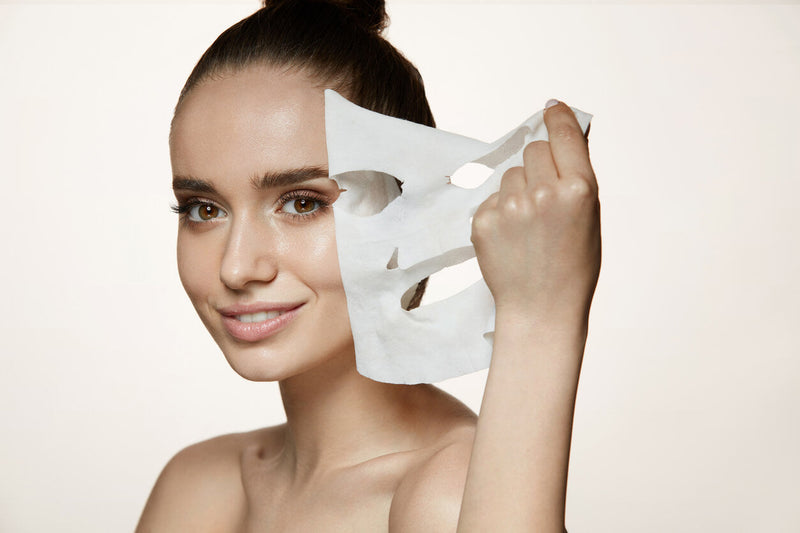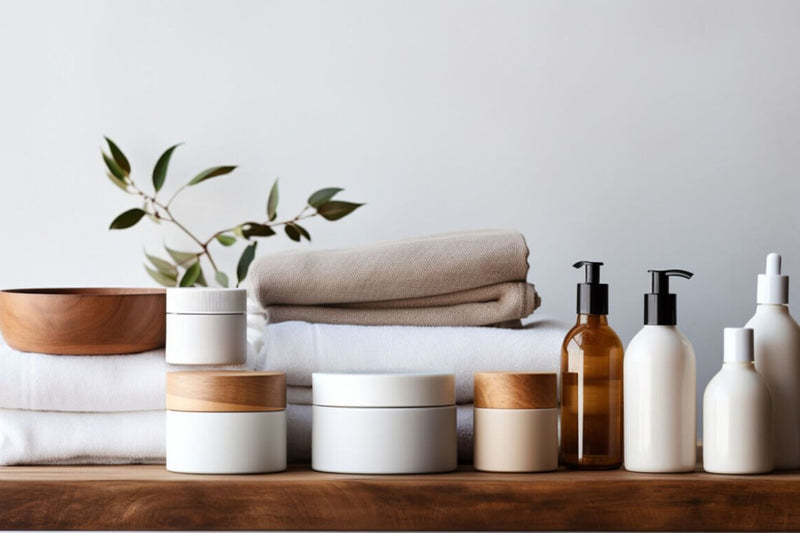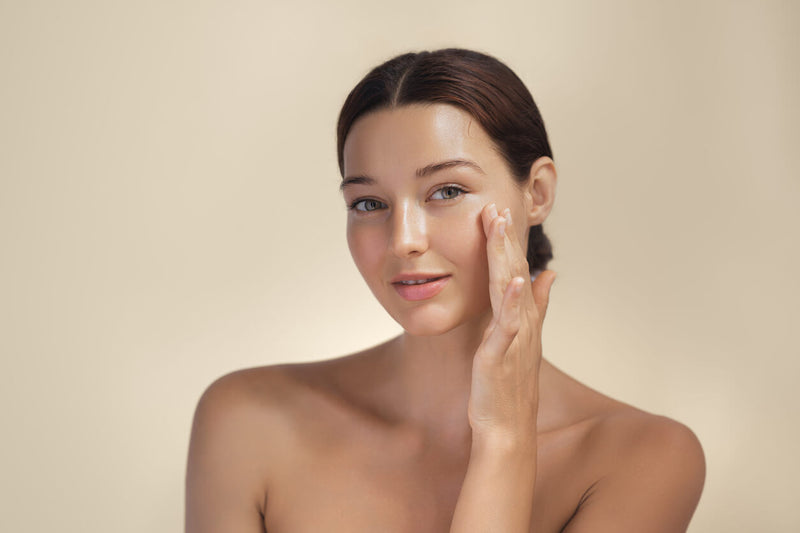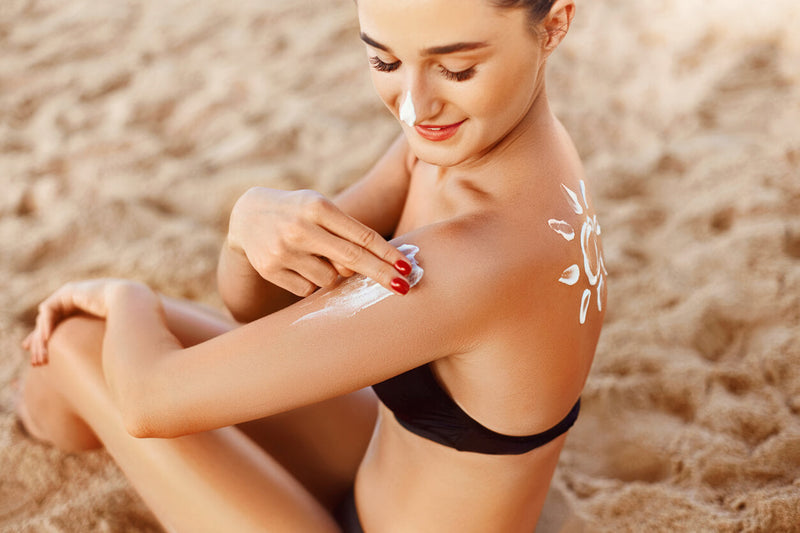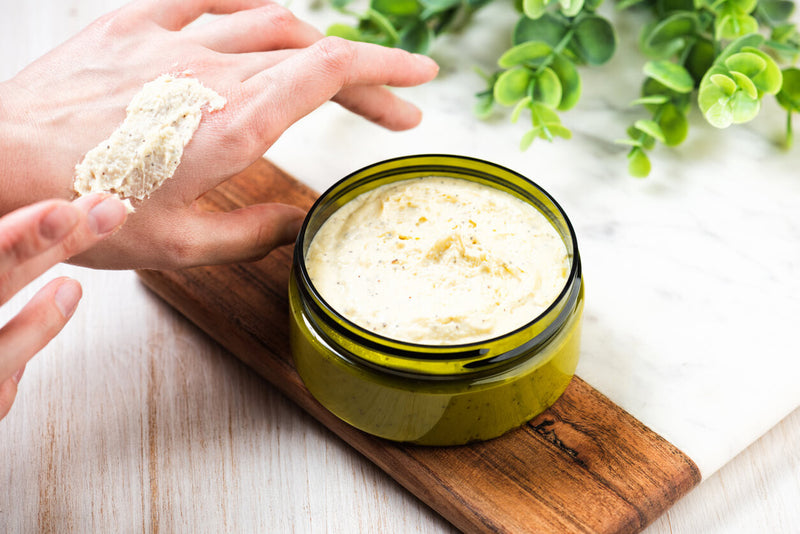

While the idea of applying acids to your face may sound terrifying initially, there are actually benefits to doing so. Acids, especially those found in chemical exfoliants, can help remove dead skin cells and boost your skin’s radiance. These include Alpha hydroxy acids (AHAs), beta hydroxy acids (BHAs), and polyhydroxy acids (PHAs).
Whether you’re dealing with breakouts, fine lines, or uneven skin tone, these acids can help manage them and deliver transformative effects. But what exactly are they? How do these acids work and which one is right for your skin? Continue reading as we explore the differences between and the benefits of these acids.
AHAs – Alpha Hydroxy Acids
Alpha hydroxy acids (AHAs) are a group of water-soluble acids made from sugary fruits. Out of all these three acids, AHAs have the smallest molecules, which means they can penetrate the skin easily. They loosen the bonds between the cells in your skin’s top layer, making it easier for them to slough off. This can then unveil a more refreshed and glowing complexion underneath.
The most common types of AHAs include:
-
Glycolic acid – sourced from sugar cane and has the smallest molecule size of all AHAs. It can penetrate the skin more effectively, accelerate cell turnover, and help trigger the skin to produce more collagen.
-
Lactic acid – derived from lactose in milk and helps eliminate the build-up of dead skin cells. It is gentler than glycolic acid and acts as a humectant, helping the skin retain moisture.
Benefits of AHAs include:
-
Remove dead skin cells
-
Improve skin texture and radiance
-
Improve the look of fine lines and surface wrinkles
-
Help promote collagen and blood flow
-
Prevent acne breakouts
-
Increase product absorption
Skin type and usage: AHAs are generally recommended for those with dry, aging, or sun-damaged skin because of their water-attracting properties. They can be harsh on sensitive skin and cause redness and irritation, especially when used often and in high concentration. It is best to start slow and always use sunscreen as AHAs can increase sun sensitivity.
At Dr. Sylvia Skin Care, we have AHA Resurfacing Serum, which contains glycolic acid to exfoliate and renew. It helps exfoliate the skin, resurface skin texture, and even out skin tone. Just be sure to wear sunscreen daily while using the product. Benefits include:
-
Gently exfoliates the surface of the skin
-
Targets dark spots and uneven skin tone
-
Improves visible signs of aging
BHAs – Beta Hydroxy Acids
Beta hydroxy acids (BHAs) are oil-soluble acids derived from plants, fruits, and tree bark. They can penetrate deeper into the pores than AHA to remove excess sebum and dead skin cells. BHAs can get under the oil that clogs up your pores and has both antibacterial and anti-inflammatory properties.
Salicylic acid is the most common type of BHA. It is widely used as an acne treatment, commonly found in spot treatments. It works by penetrating deep into the pores to remove excess oil and other impurities that can lead to breakouts. It can also smooth out bumpy skin and improve dullness.
Benefits of BHAs:
-
Deeply cleanses and exfoliates pores
-
Can help manage comedones (blackheads and whiteheads)
-
Effective for acne and skin redness (rosacea)
-
Help fade dark spots
-
Help smooth and even out skin texture
Skin type and usage: BHAs’ oil solubility makes it ideal for those with oily and acne-prone skin types. These acids are also suitable for those struggling with blackheads and milia or those tiny white bumps under the skin’s surface. Just like AHAs, you need to start slow or use BHAs a few times per week until your skin gets used to it. It is also recommended to wear broad-spectrum sunscreen daily to prevent further sun damage.
PHAs – Polyhydroxy Acids
Polyhydroxy Acids (PHAs) are like (considered cousins of) AHAs because they work by breaking down the bonds between the skin surface and dead skin cells. What makes it different is that PHAs have larger molecules. This means that they cannot penetrate the skin as deeply as AHAs and BHAs.
PHAs focus on the skin surface and don’t affect the underneath layer. It can still exfoliate and help with skin renewal, but without irritating the skin. Having a larger molecular size also means that they are gentler in exfoliating the skin and can be used by those who cannot tolerate AHAs and BHAs.
Benefits of PHAs:
-
Remove dead skin cells and renew the skin’s surface
-
Help strengthen the skin barrier
-
Reduce the appearance of enlarged pores
-
Help lock in moisture
-
Provide antioxidant benefits
Skin type and usage: Since PHAs are gentle and non-irritating, they are ideal for sensitive or mature skin types. Those with dry skin, rosacea, and eczema can also benefit from PHA. And when it comes to usage, it is recommended to build up your tolerance gradually. Make sure to follow with a face serum or moisturizer if you use an exfoliating PHA formula.
AHAs, BHAs, and PHAs provide a range of benefits that can improve the health and appearance of your skin. By knowing what each acid does and its benefits, you can properly incorporate them into your routine and reap their rewards.
You can also browse through our website or blog for more skincare tips and product recommendations. And for non-surgical treatments that can tackle a range of skin concerns, contact Cutis Medical Laser Clinics today and book a consultation with our aesthetic doctor in Singapore.









